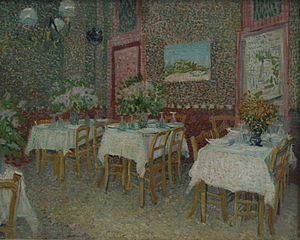Seating at Dinner
(According to Martha Nussbaum and Larry McMurtry)
First, from Martha:
The domain of life that can be called the “Middle Realm,†a realm in which much of our daily life is spent: in dealings with strangers, business associates, employers and employees, casual acquaintances, in short people with whom we are not involved in relations of intimacy and deep trust, but who are also people and not legal and governmental institutions. A great deal of anger is generated in this realm, over slights to reputation and honor, insults or fantasized insults, and some genuinely harmful and awful behavior. Seneca’s On Anger depicts a typical Roman’s day as a minefield. Go to a neighbor’s house and you are greeted by a surly doorman who speaks rudely to you. Go to a dinner party and you discover that the host has seated you at a place at the table that others will view as insulting. And on it goes. [1]
And from Larry:
I wasn’t good at galas, either, being inexpert in the delicate metropolitan matter of placement. At my second [PEN] gala, held downtown in the old Customs House, both Susan Sontag and Peter Jennings (the late ABC anchor) left because they were seated with people who had no idea who they were. Such, I suppose, is the Big Time. Towering figures such as Susan Sontag and Peter Jennings must be seated next to people who want to sit beneath a tower. What could be more simple?[2]
 Interior of a restaurant (1887)
Interior of a restaurant (1887)
by Vincent van Gogh (Wikicommons)
NOTES
[1] Nussbaum, Anger and Forgiveness: Resentment, Generosity, Justice, (New York, NY: Oxford UP, 2016) 138.
[2]Â McMurtry, Literary Life: a Second Memoir, (New York, NY: Simon & Schuster, 2009) 132.

